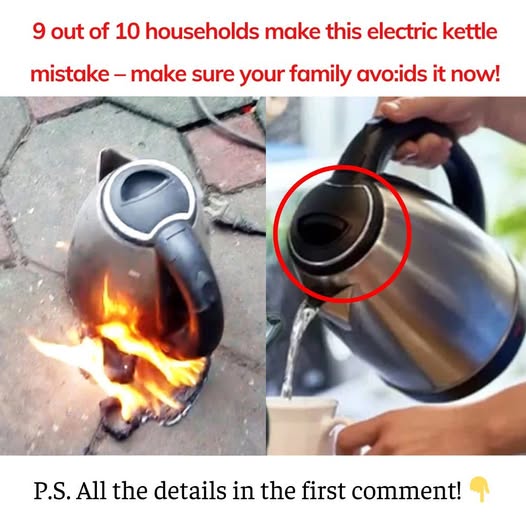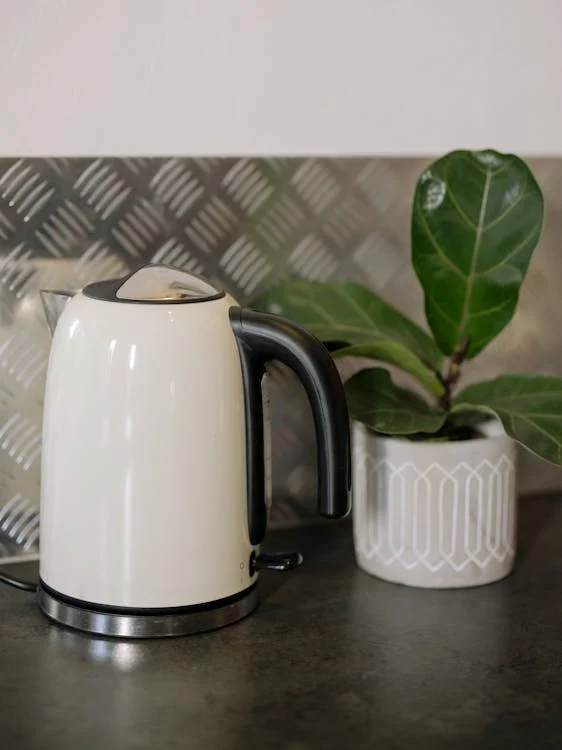Most Families Commit This Common Error With Their Electric Kettle

5 Common Mistakes That Could Be Ruining Your Electric Kettle
Boiling water with an electric kettle seems simple—just add water, switch it on, and wait. However, many people unknowingly make mistakes that can shorten the kettle’s lifespan and even pose health risks.
Electric kettles have become a household essential due to their speed and convenience, but studies suggest that 9 out of 10 households make at least one of these five mistakes.

1. Choosing the Wrong Material
Not all electric kettles are created equal, yet many people buy the cheapest option without considering its material. This can affect both safety and durability.
For a safer and longer-lasting choice, opt for a kettle made from 304 stainless steel, which is highly resistant to corrosion and heat. This ensures that no harmful chemicals leach into your water during boiling.
2. Overfilling the Kettle
Filling the kettle to its maximum capacity might seem efficient, but it increases the risk of spills and damage.
When water boils, it expands and may overflow, potentially seeping into the base and causing a short circuit. To prevent this, always follow the maximum water level indicated inside the kettle.
3. Running the Kettle Without Water
Some people have a habit of turning on the kettle before adding water. This is a serious mistake that can damage the appliance.
A dry-boil occurs when the kettle runs empty, causing it to overheat and increasing the risk of electrical faults or even fire hazards.
How to Use Your Kettle Correctly:
✔️ Always add water first.
✔️ Ensure the kettle is properly placed on its base.
✔️ Plug it in and turn it on.
✔️ If there’s any water residue on the base, dry it thoroughly before use.
4. Emptying the Kettle Immediately After Boiling
After boiling water, many people transfer it to a thermos or bottle and empty the kettle completely. While this may seem harmless, it can actually reduce the kettle’s lifespan.
When the heating element remains hot without any water inside, the thermal relay can dry out, leading to wear and tear over time. Instead, leave a small amount of water inside and discard it before the next use.
5. Neglecting Regular Cleaning
Over time, kettles accumulate mineral deposits (limescale), which can affect water quality and may even pose health risks.
How to Clean Your Kettle Properly:
🔹 Add equal parts white vinegar and water (about half a bowl).
🔹 Boil the mixture and let it sit for 10 minutes.
🔹 Pour out the liquid and wipe the interior with a clean cloth.
Since limescale is alkaline, the acidity in vinegar helps break it down, keeping your kettle clean and safe for use.
Final Thoughts
By avoiding these common mistakes, you can extend your electric kettle’s lifespan and ensure that you always have safe, high-quality water for your family.
Take care of your appliances, and they will take care of you!
👉 If you found this useful, SHARE it with your friends and family!